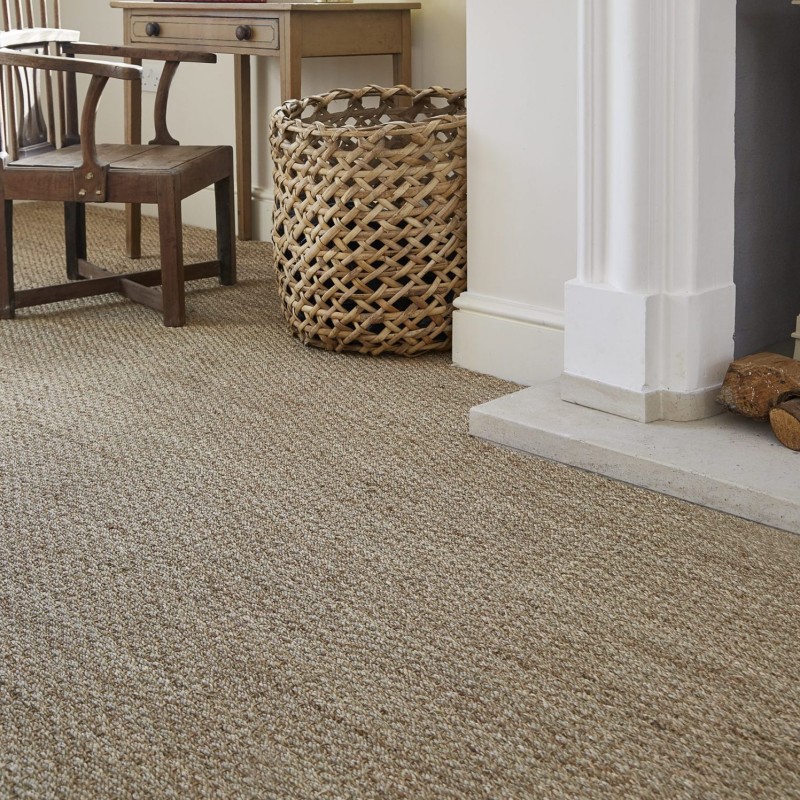How to Clean Your Floors and Carpets, Naturally
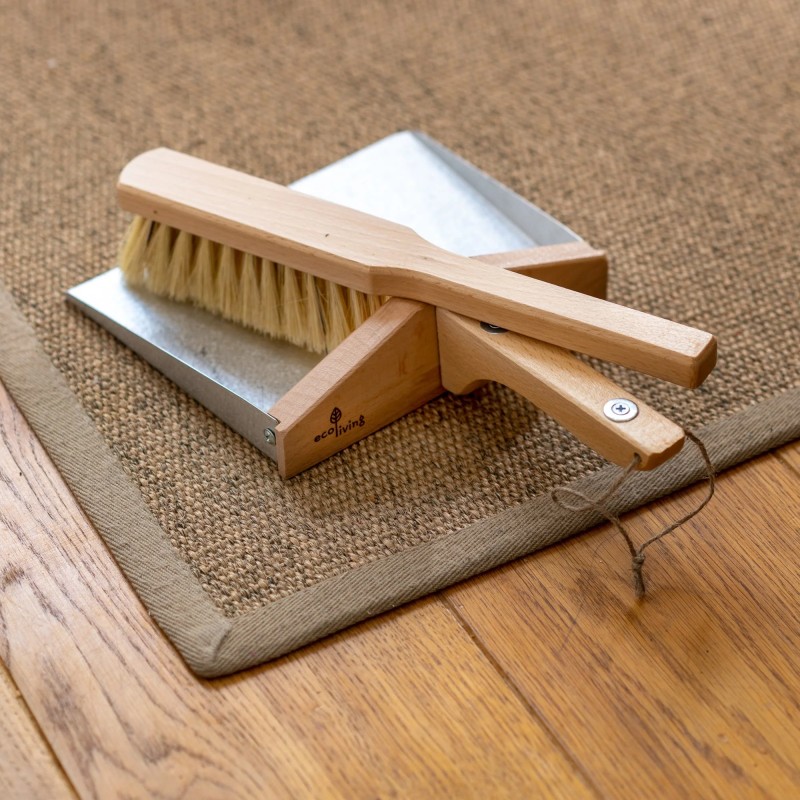
Cleaning your floors and carpets does not mean using lots of chemicals. Here are some more natural and zero waste and safer choices. Also read our post on sustainable flooring.
Plastic cleaning tools seem harmless, yet they shed tiny fragments and break with little use. Those fragments often end up in waterways and soil. For a tidy home, a plastic-free dustpan and brush set is a simple swap that delivers.
Avoid citrus oils on hard floors near pets, as it’s toxic to animal friends – choose the unscented brands below.
Don’t Sweep Up Cute Spiders!
House spiders eat flies and won’t do you any harm in England. Garden spiders may come inside in winter, but most house spiders have never been outside, so can’t cope with temperature changes (if you do move one, do so to an unused cupboard ideally, or failing that, a shed or garage.
To prevent spiders, use biodegradable non-scented cleaning routines and vacuum regularly, to deter ‘stale air’.
If when cleaning floors you come across them, leave spiders be if you can, as they eat flies and do no harm. And the white fluffy balls are spider babies, who don’t want to be left behind.
If you do have to remove a spider, gently cover it with a cup, slide a thin card underneath, and place in an unused room or cupboard. Or if determined to place it outside, in a shed or garage (most house spiders will die if you place them outside, due to different temperature or environment).
Carefully move the egg sacs too, to keep mum and babies together! Use a spoon or small jar to carefully slide under the egg sac, gently guiding the mother spider too. Then relocate to a an unused room or cupboard, or a shed or garage if outside, leaving both undisturbed.
Advice from British Arachnological Society. Spiders in baths don’t come up through the plughole, so need help to escape.
Place a towel on the bath edge, so your spider friend can climb out (some people put one over the edge anyway at night, in case a spider falls in). Or place a glass tumbler or cup over the spider, and slide a postcard in between (to humanely trap and release elsewhere in the house).
Help Spiders Trapped in Baths
Spiders don’t come up through plugholes, as this has a water-filled u-bend. But they can’t escape, so again use the cup/card method to trap and release. Or leave a towel over the edge, so your spider friend can climb out to hunt (some people put one over the edge anyway at night, in case a spider falls in).
Simple Floor Cleaning Routines
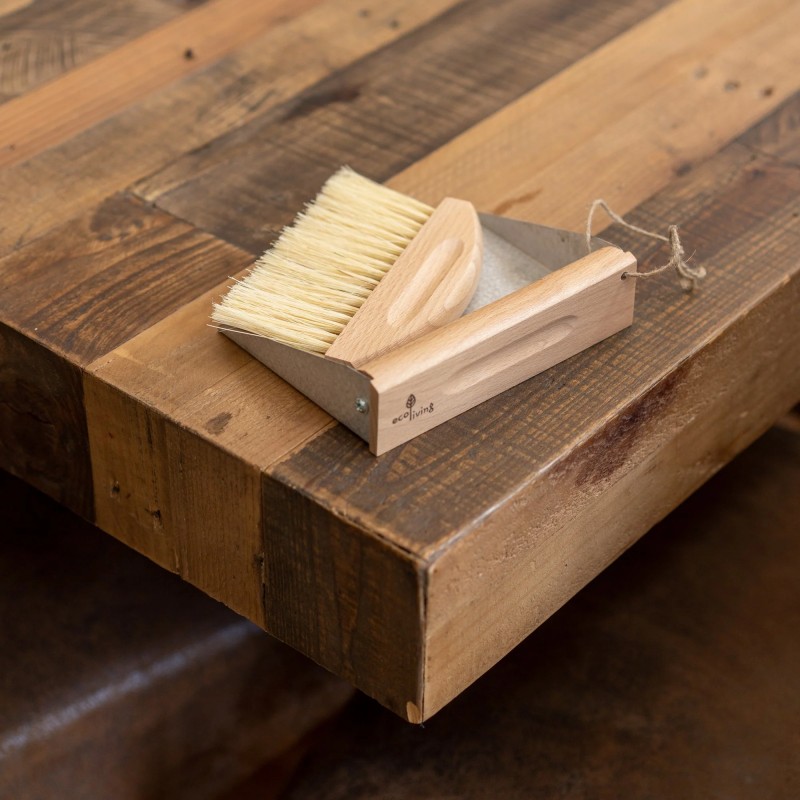
The mini version is perfect for sweeping crumbs off the table.
- Shake out loose dust outside after each use.
- Hand wash bristles in lukewarm water with mild soap, only when needed.
- Rinse, then tap off excess water. Hang the brush bristles down to dry.
- Wipe wooden parts with a damp cloth. Dry straight away to prevent swelling.
- Apply a light coat of food-safe oil on wood every few months to seal out moisture.
- Store in a dry, ventilated spot. Avoid leaving the pan or brush sitting in water.
- Keep the pan edge free of dents. If bent, a gentle press against a flat surface can help.
Sustainable Cleaning for Hard Floors

This wall-mounted broom features a slot with easy access rubber flats, and bristles are covered when not in use. The separate comb removes trapped hair and dust, and the telescopic aluminium handle easily reaches places. Sold with a Dustpan & Brush that clips away, when not in use.
Bamboo, cork, and reclaimed wood floors last longest when cleaned with a barely damp mop and gentle, plant-based cleaners. Skip harsh chemicals that can strip finishes or weaken fibres.
Avoid essential oils for allergies, pregnancy/nursing, babies and pets (rinse and dry floors, before paws walk on them – especially citrus oils).
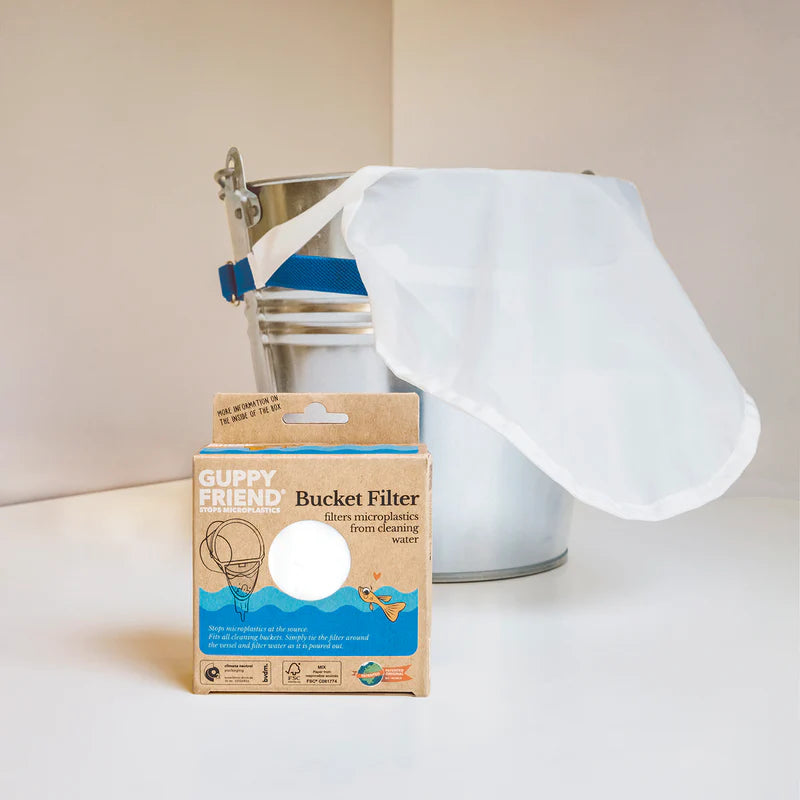
Use floor cleaners with a Guppyfriend Bucket Filter to avoid microplastics leaching from synthetic mop heads, down sinks.
- Sweep or use a cotton mop regularly.
- Wipe spills straight away to avoid staining or swelling.
- Use furniture pads to prevent scratches.
- Refresh finishes with natural oils or waxes instead of varnishes.
- For steam mops, run a solution of one-third white vinegar with two-thirds water through the chamber/mop, refill and run through with tap water.
Natural Floor Cleaners
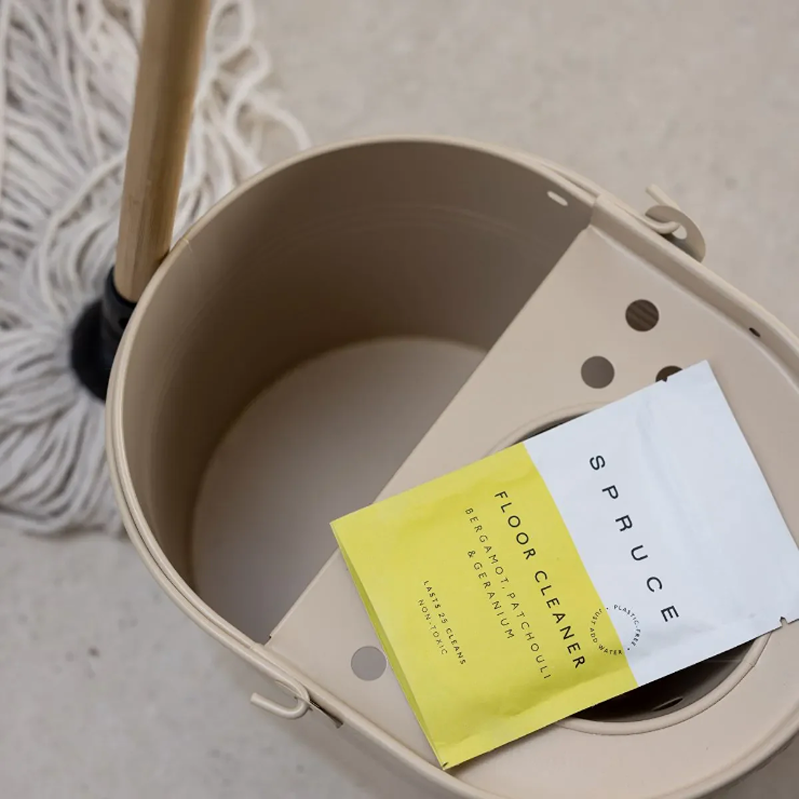
- Spruce offers starter kits. You just dilute the concentrates with water to clean all surfaces. Unlike some similar brands, this one avoids artificial fragrance oils.
- Miniml Floor Cleaner is sold in refillable bottles that you top up in stores or send off for cleaning and refilling. Suitable for all floors and washable surfaces (including tiles and painted wood), add 1 or 2 caps per 5 litres of warm water. For stubborn stains, use undiluted with a soft wet cloth).
- Delphis Eco-Low Foam Floor Cleaner is a commercial-strength product for floor cleaning machines to remove grease and oil from tiled, concrete and painted floors (neat, it can even remove heavy forklift truck tyre marks). Their domestic floor cleaner is not pet-safe, as it contains citrus oils.
- Bio-D Concentrated Floor Cleaner (in 5 litres with refill taps) is suitable for all hard flooring (laminate, polished floors, ceramic tiles, stone, slate and vinyl). For pet-free areas, there is no need to rinse. Made with solar power, and sold in recycled plastic bottles. Contains citrus oils.
Caring for Natural-Fibre and Recycled Carpets
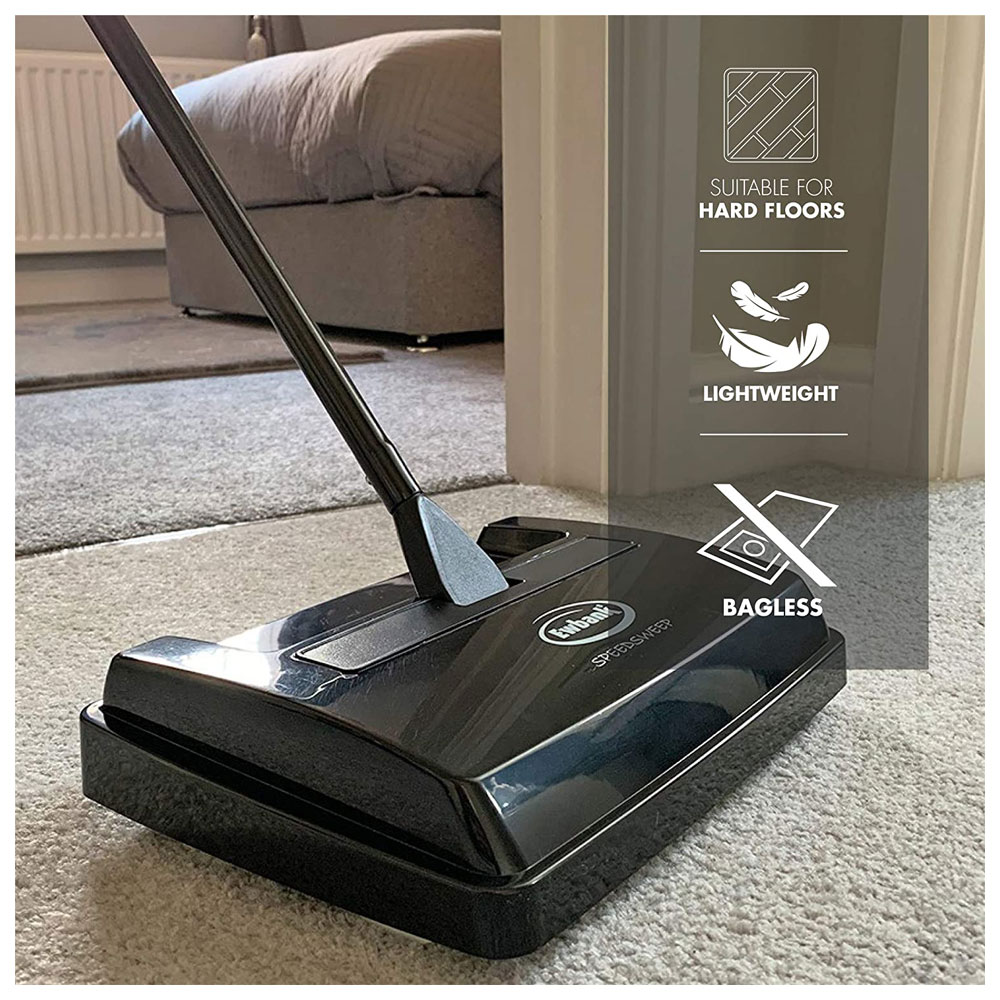
Have a ‘shoes off’ policy to avoid dirt/mud tracking inside. Sisal, jute, Sedna, and Econyl need regular vacuuming (avoid beater bars) to remove dust and grit. For stains, dab with a cloth moistened in water and mild soap – never soak, as this can damage plant fibres. Use curtains or blinds, to protect from sunlight.
- Soak up spills with kitchen roll, then use natural fibre cleaner.
- Dri-Pak’s homemade carpet cleaning machine solution: mix 4 litres of hot water with half cup of white vinegar in the water tank (this also removes soapy residue from past cleanings). Test area first.
- Two good hoovers are Numatic (made with recycled materials) and Miele (with HEPA filters in cordless and pet fur versions, and adjustable telescopic tubes).
- Bissell and Ewbank offer basic and deluxe versions manual sweepers (around £30). Lint rollers are also good for small areas.
- To clean rugs, hang over a fence and beat with a tennis racket (or soak to remove dirt, then dry in the sun).
- To freshen carpets and upholstery, evenly sprinkle bicarbonate of soda, leave for 15 minutes (or ideally several hours), then vacuum.


